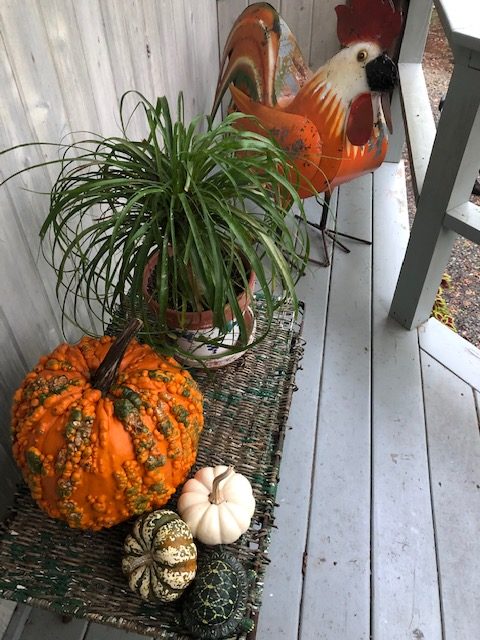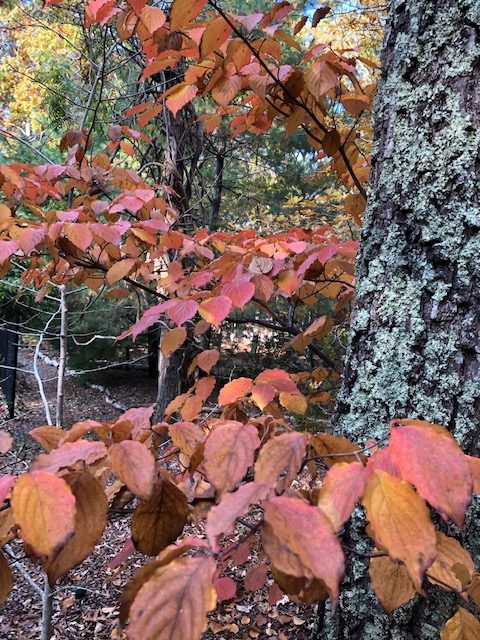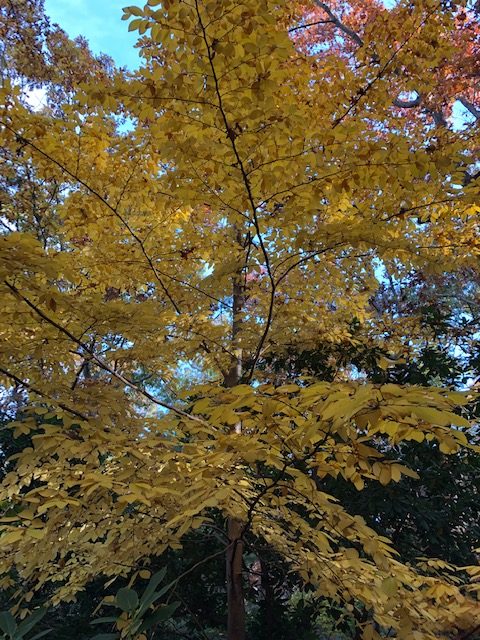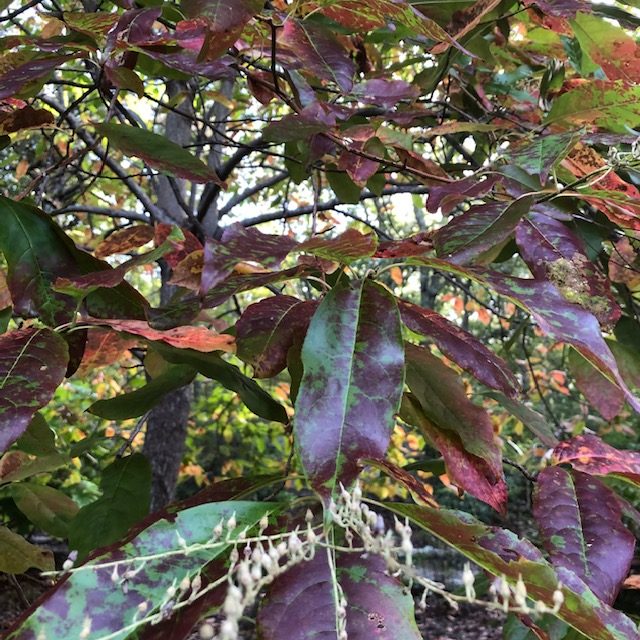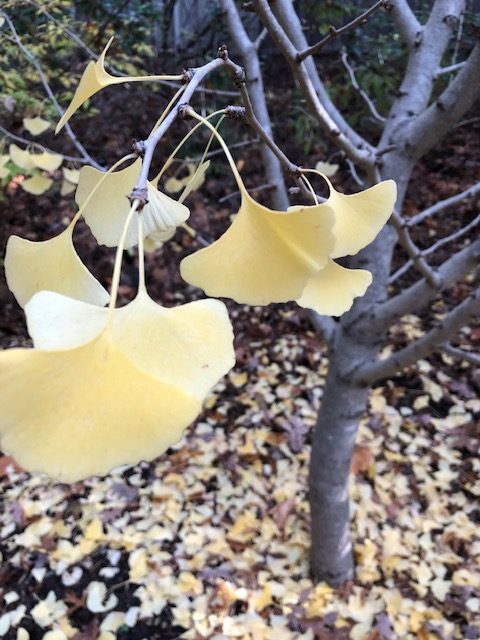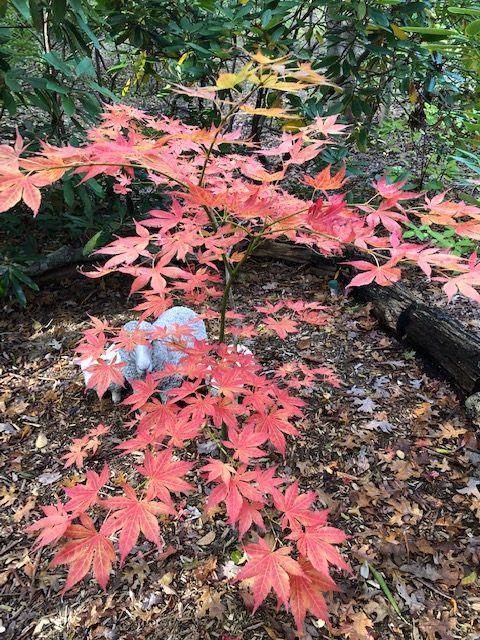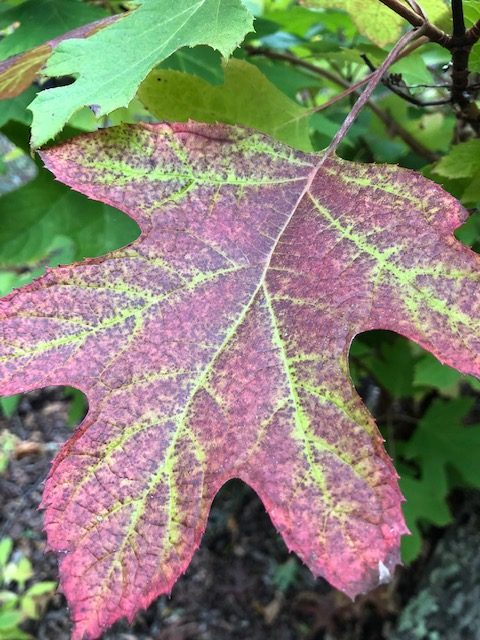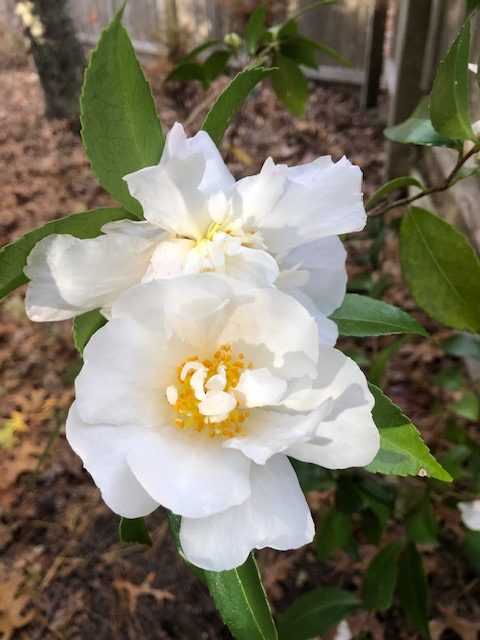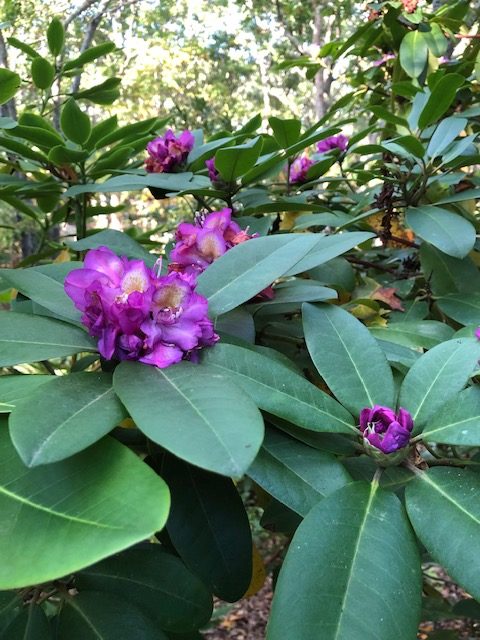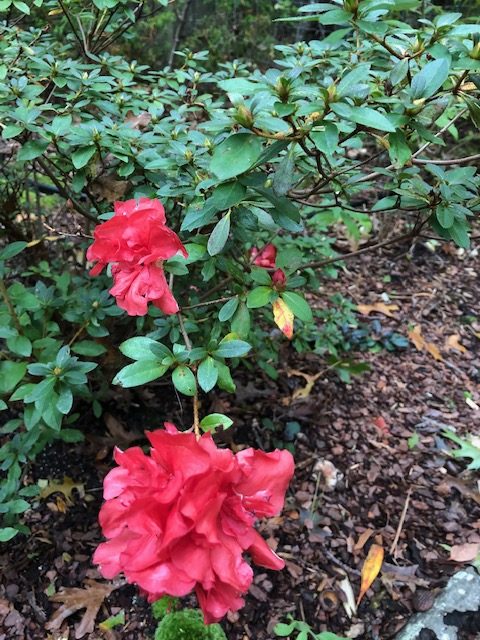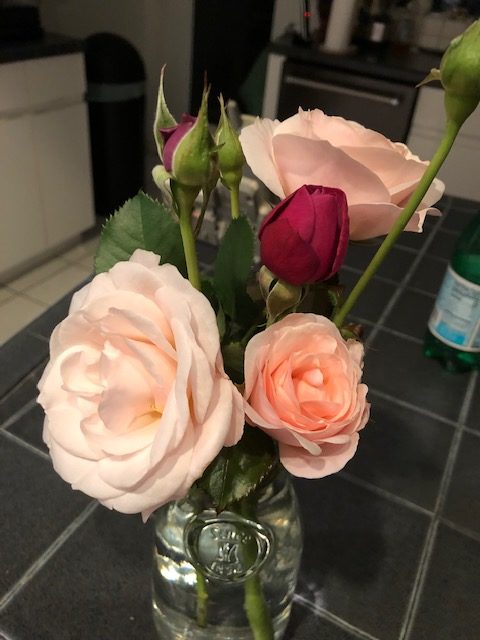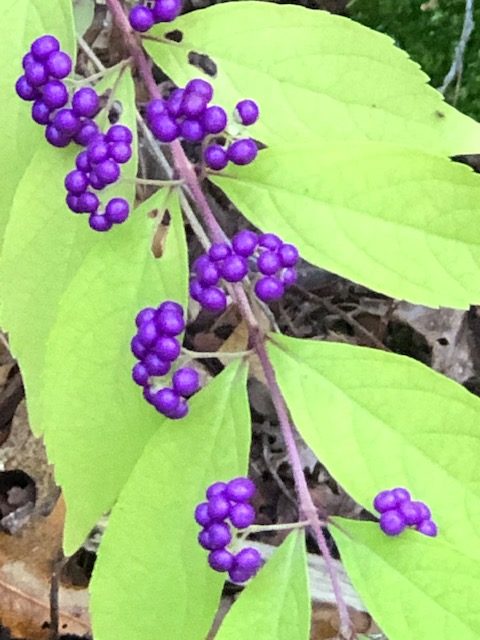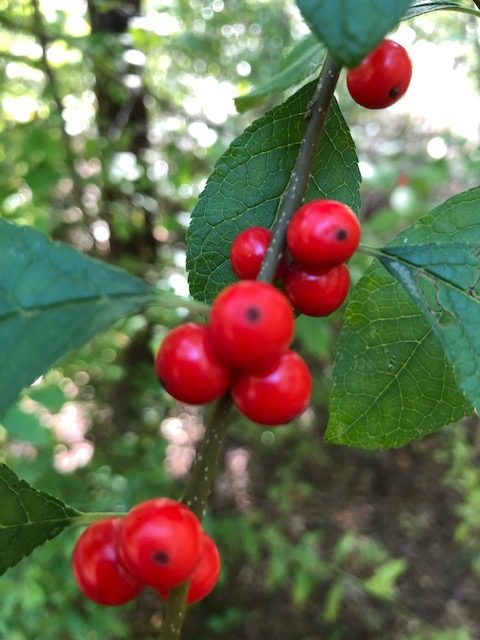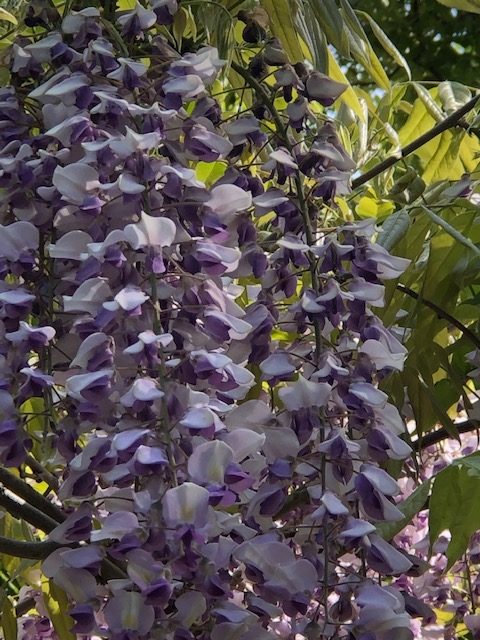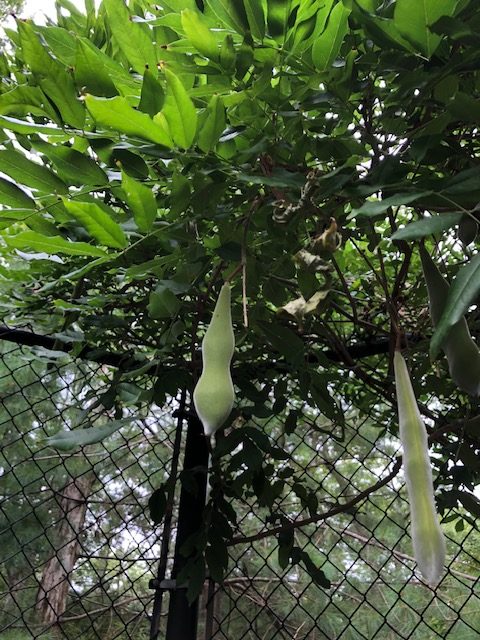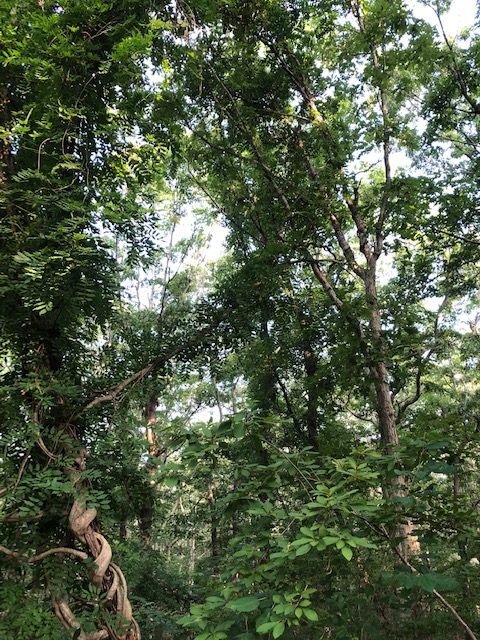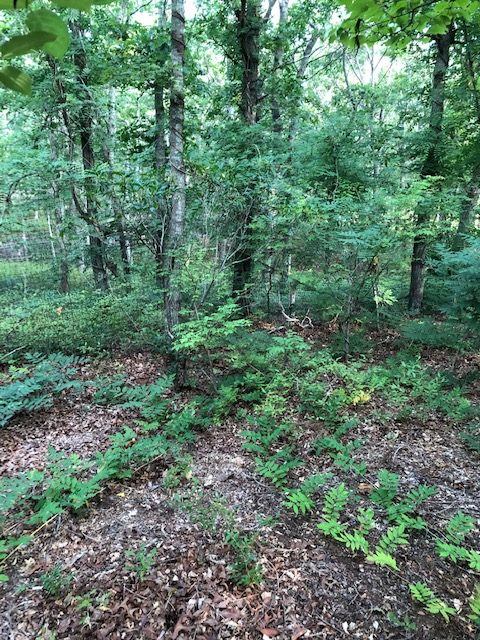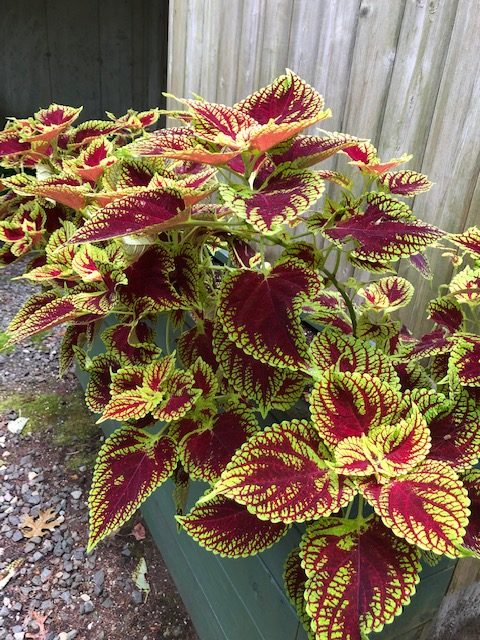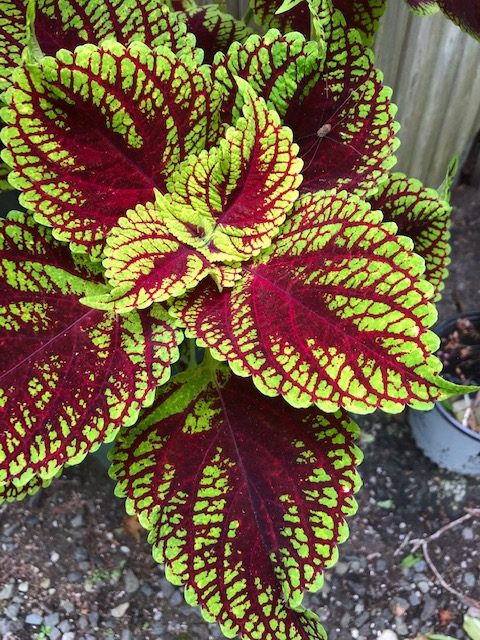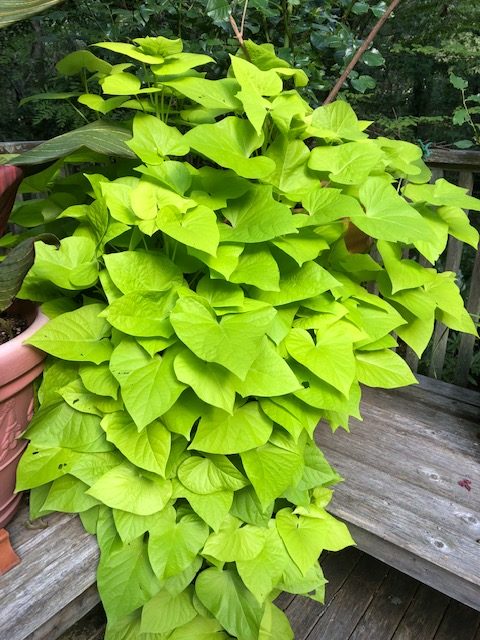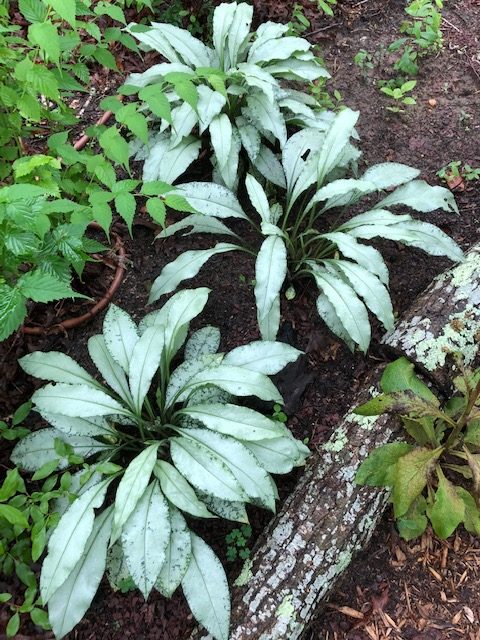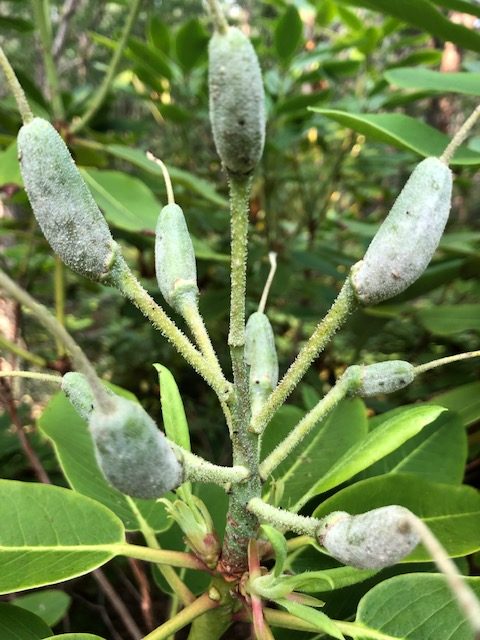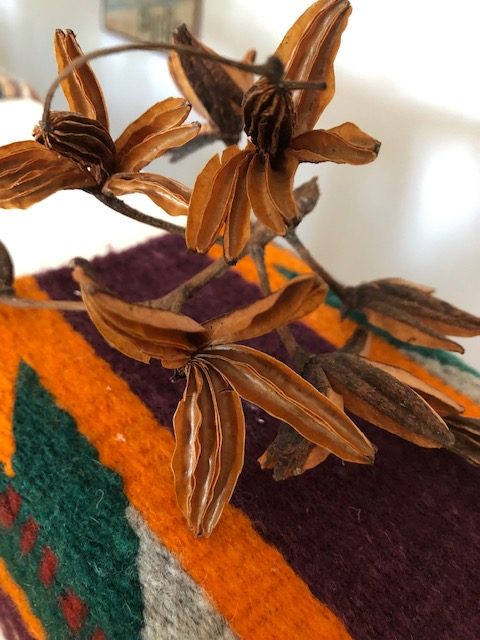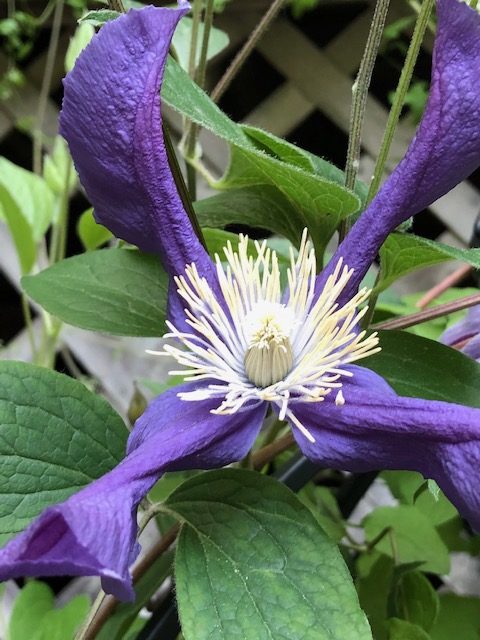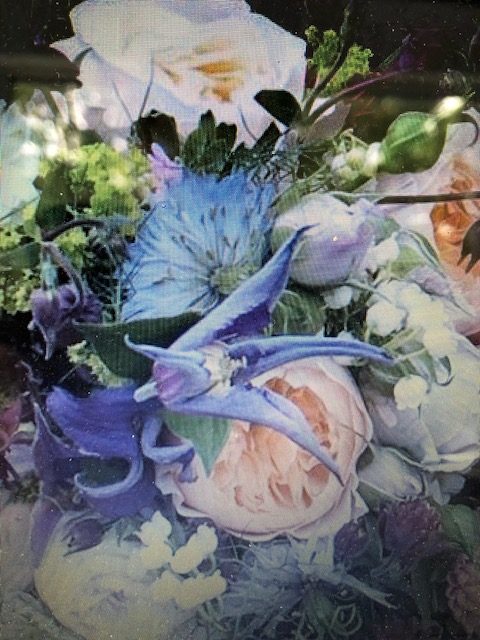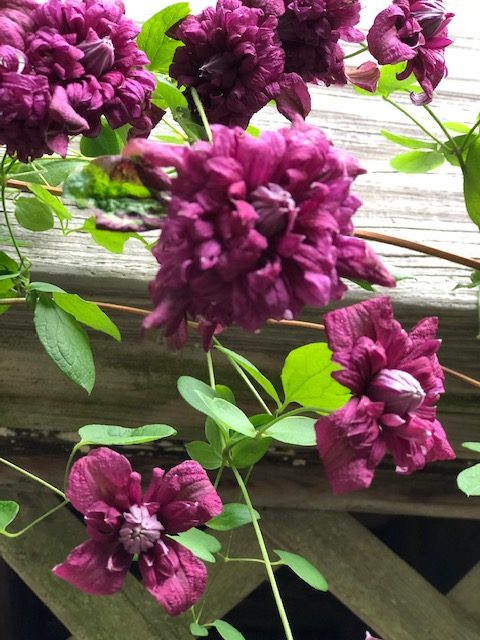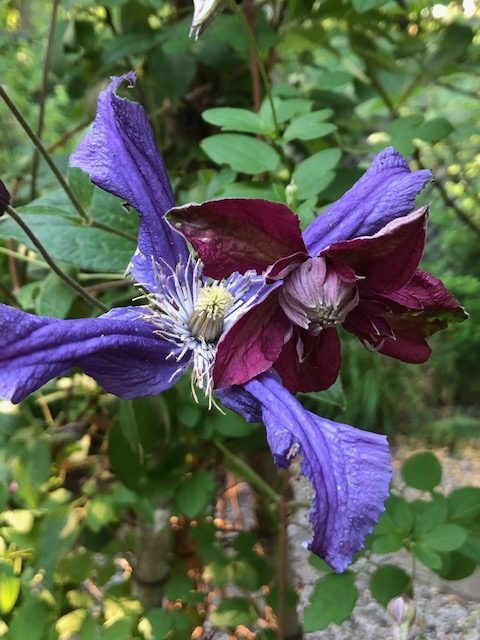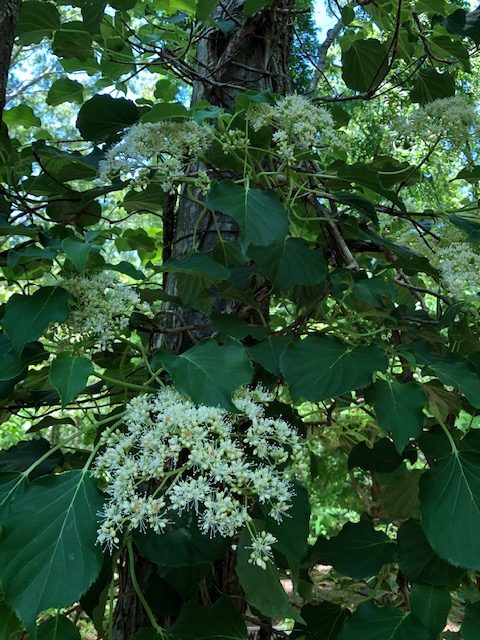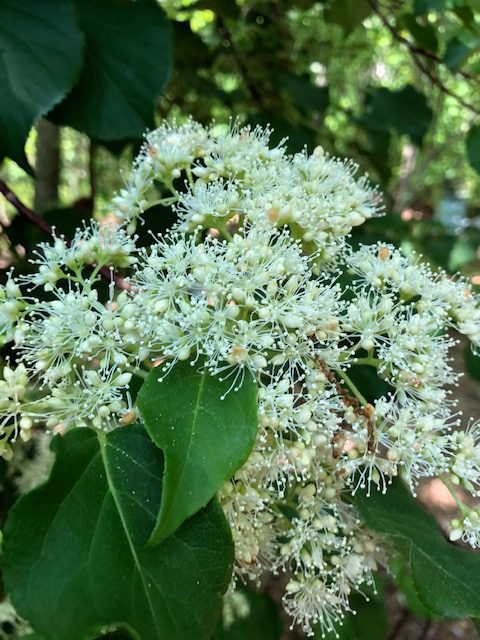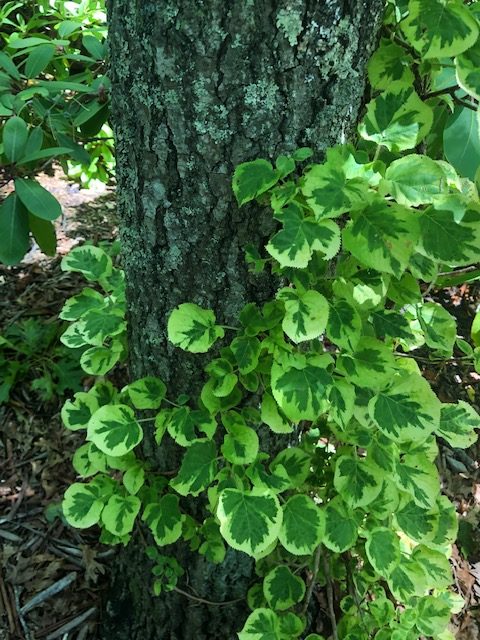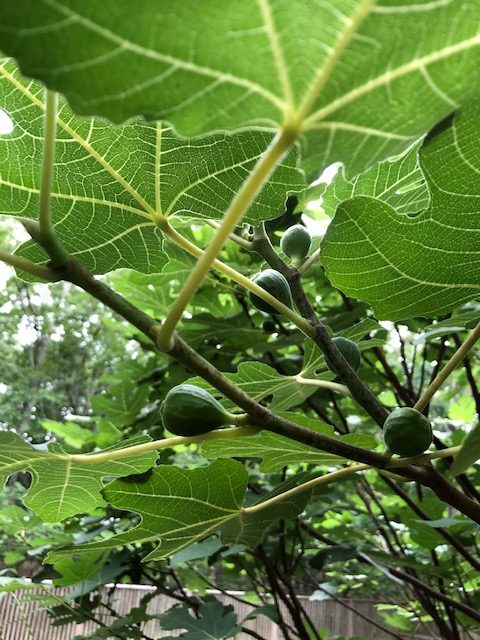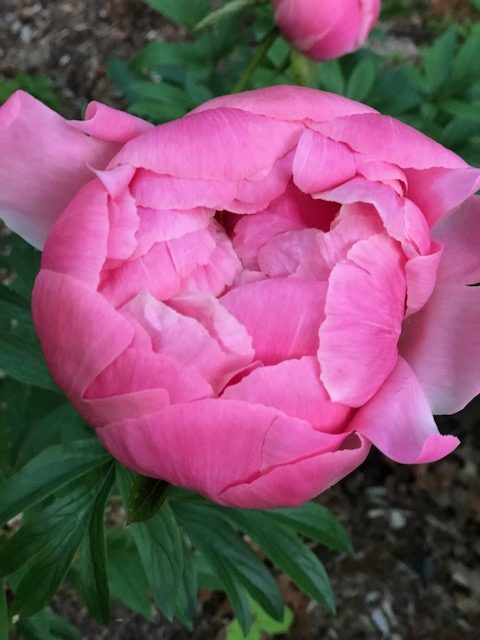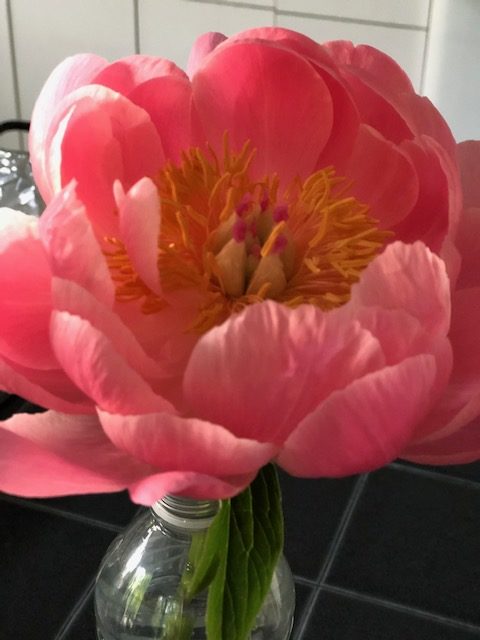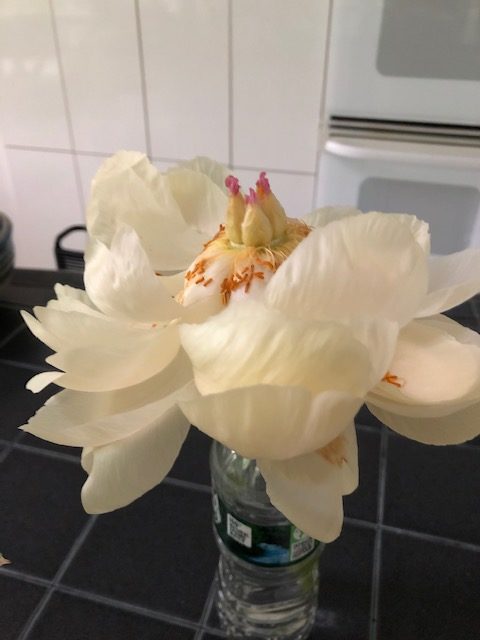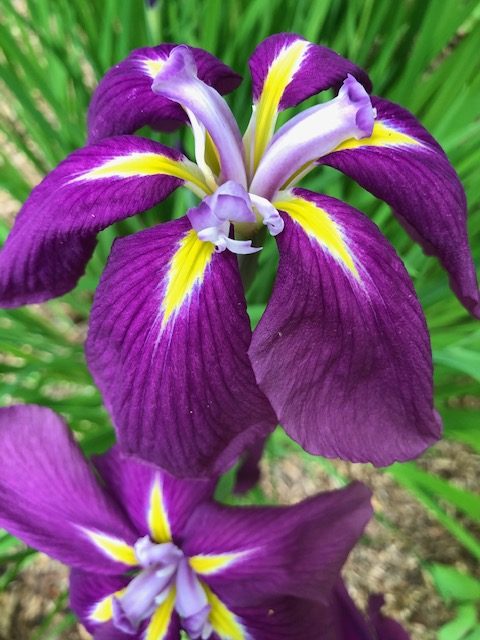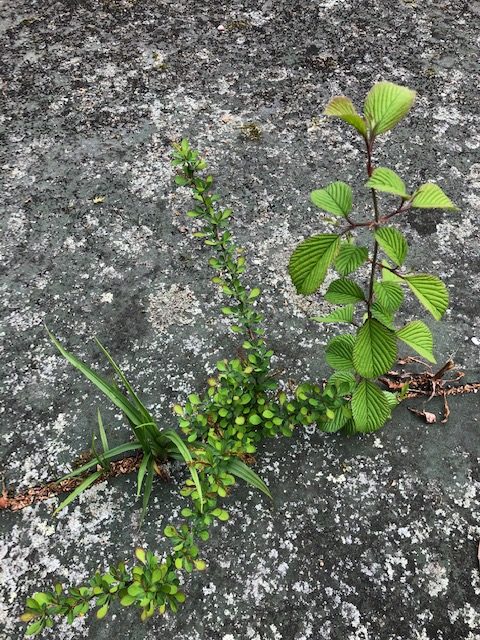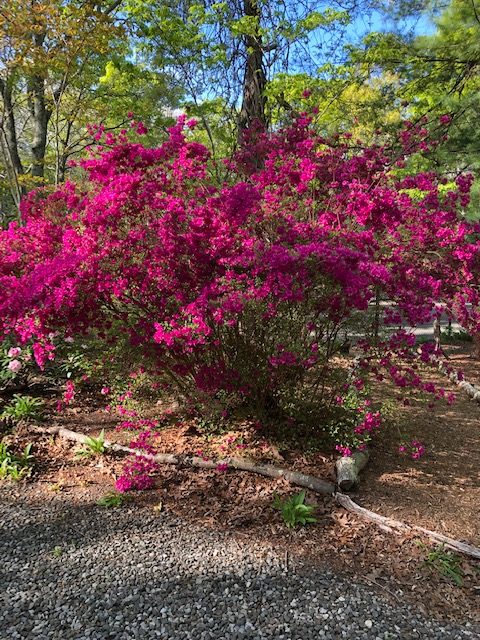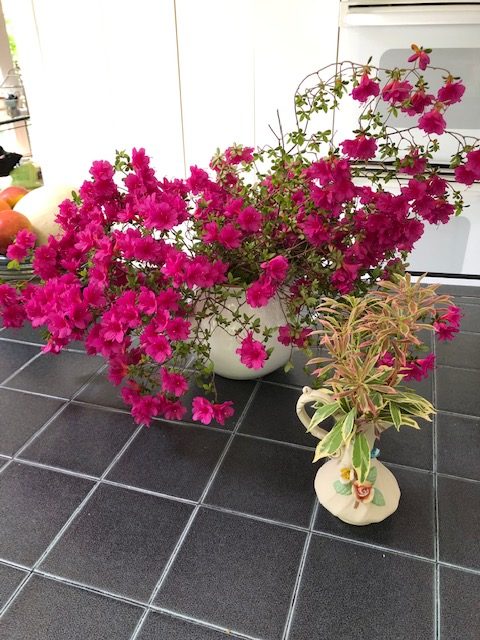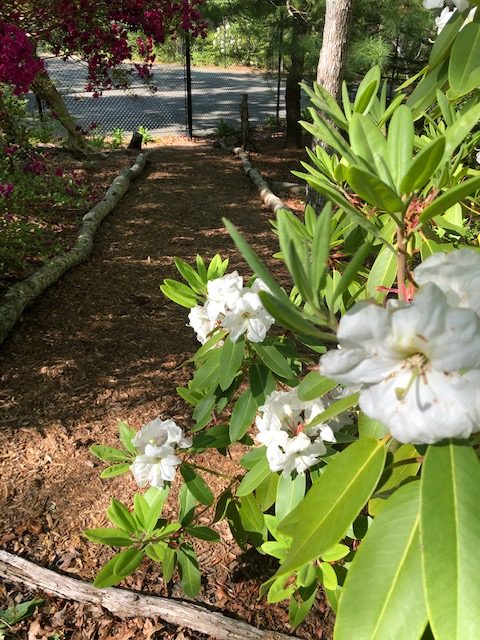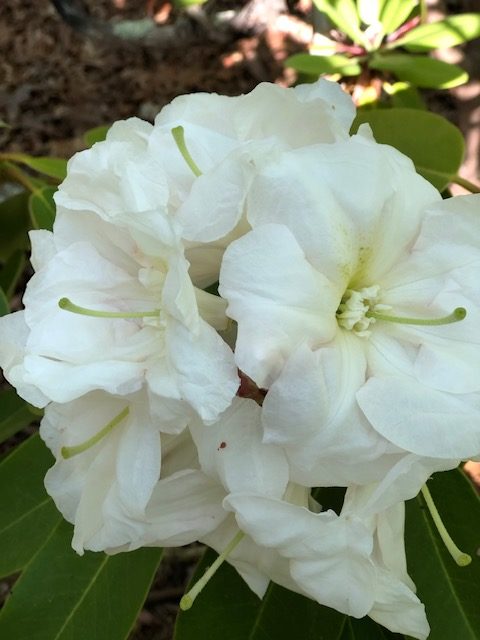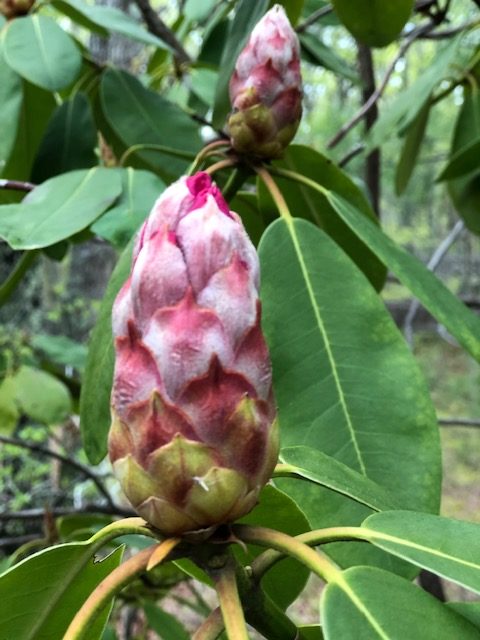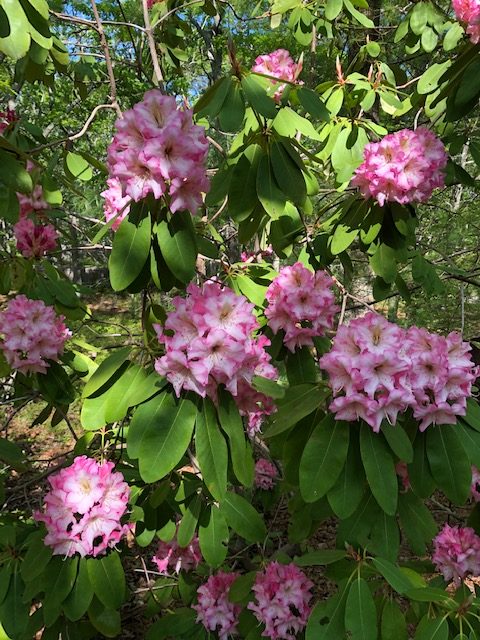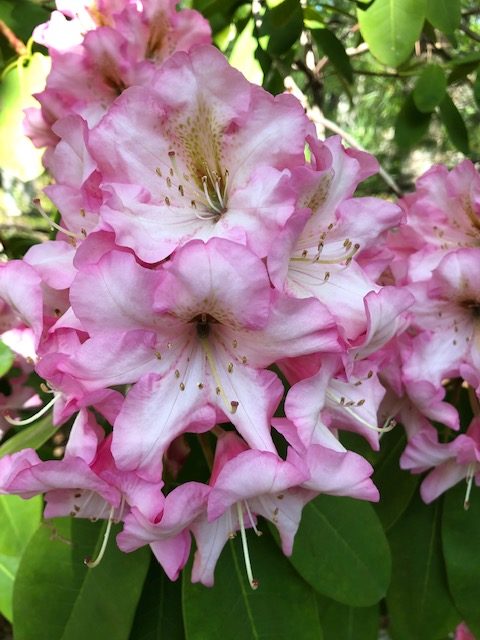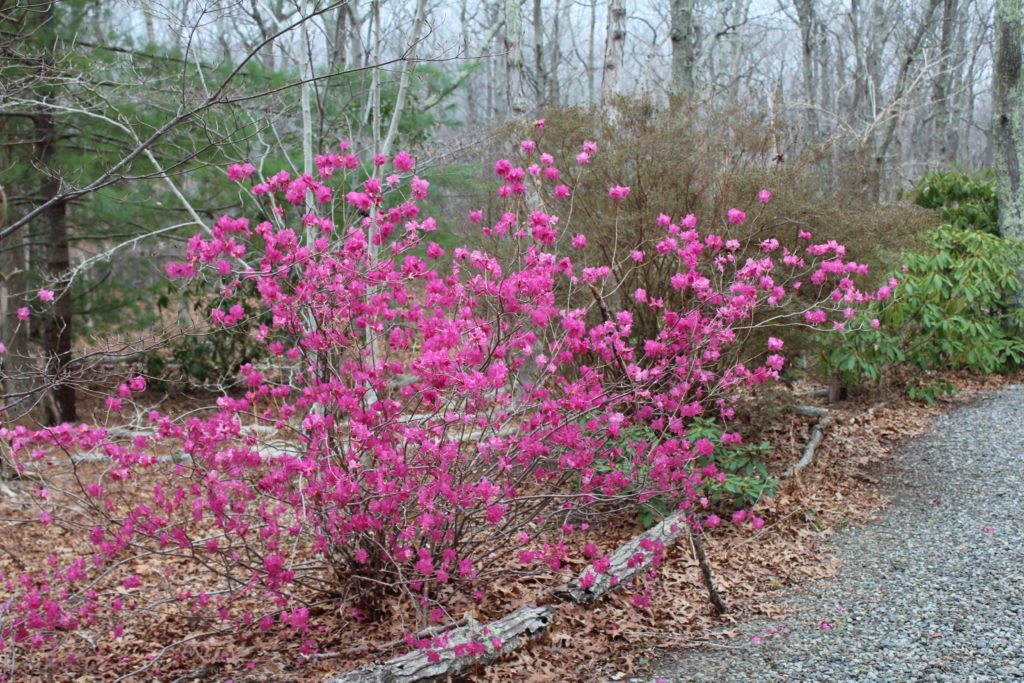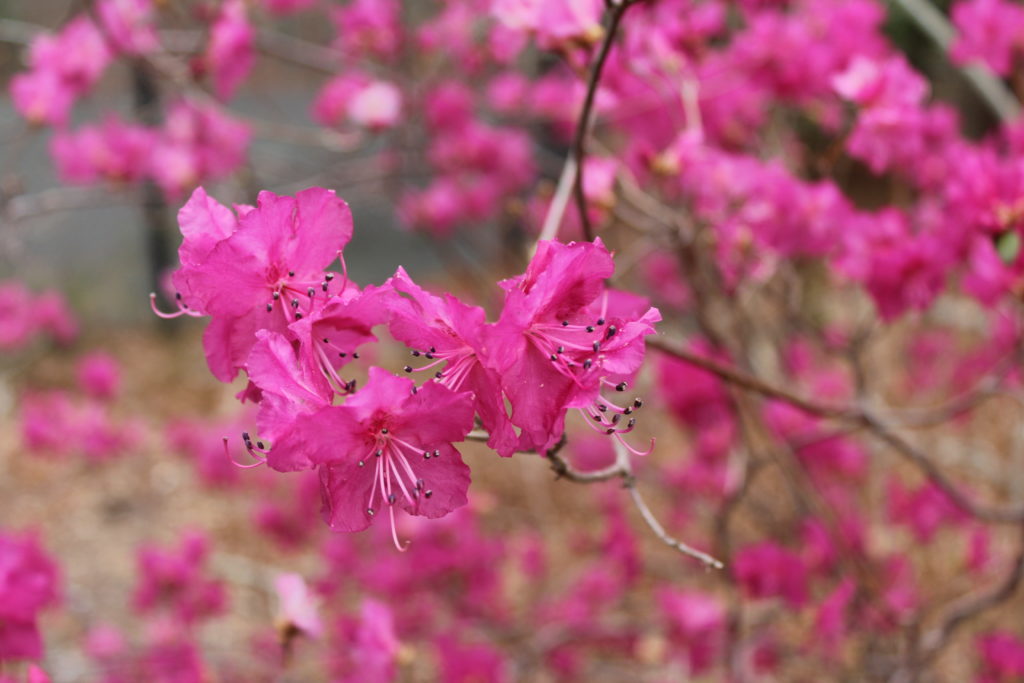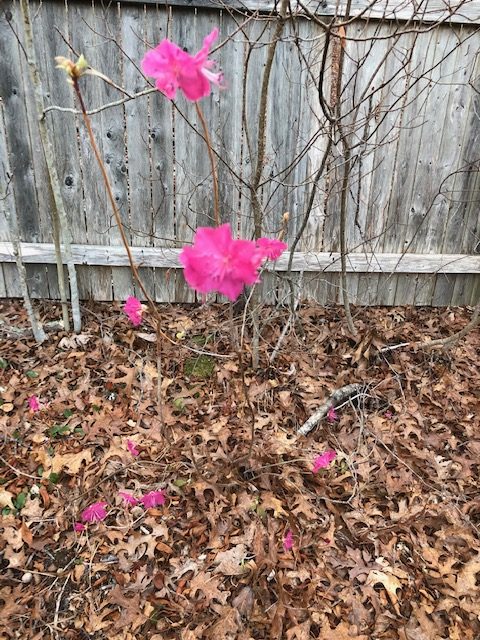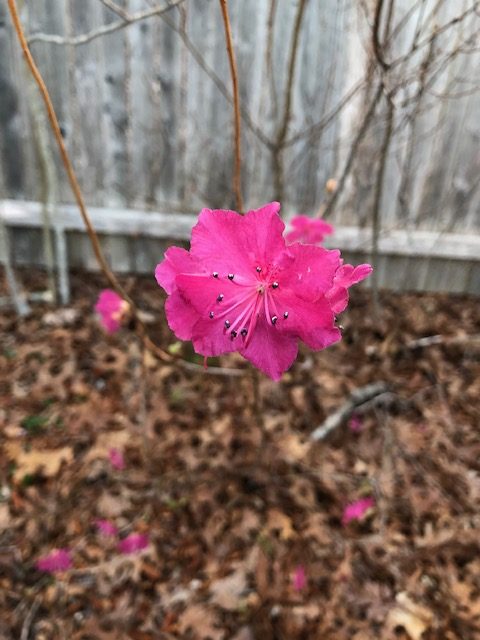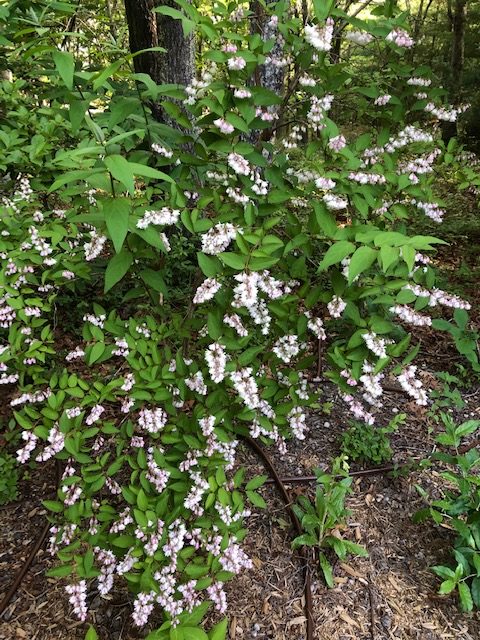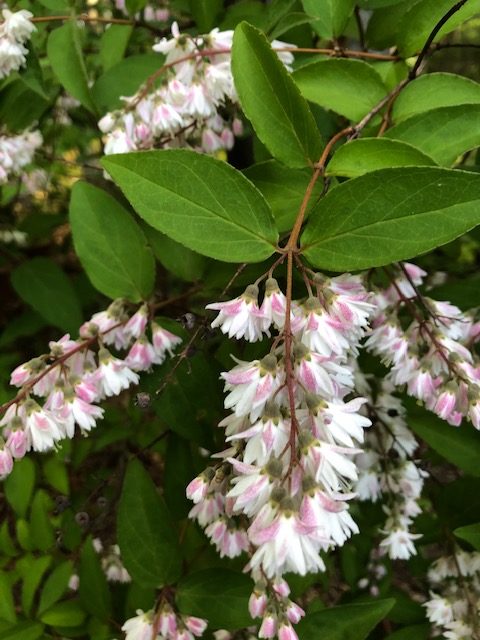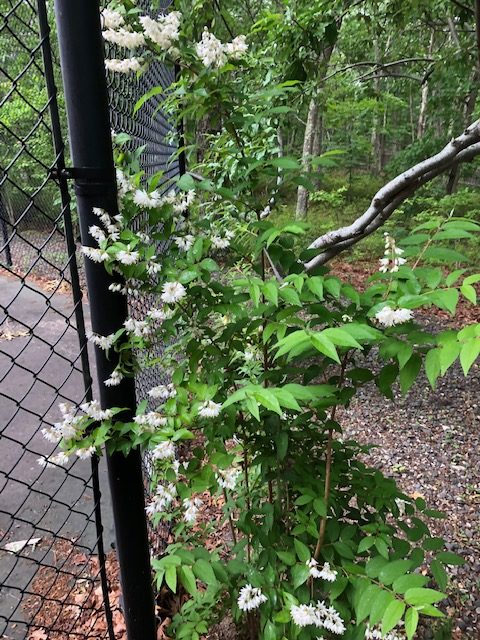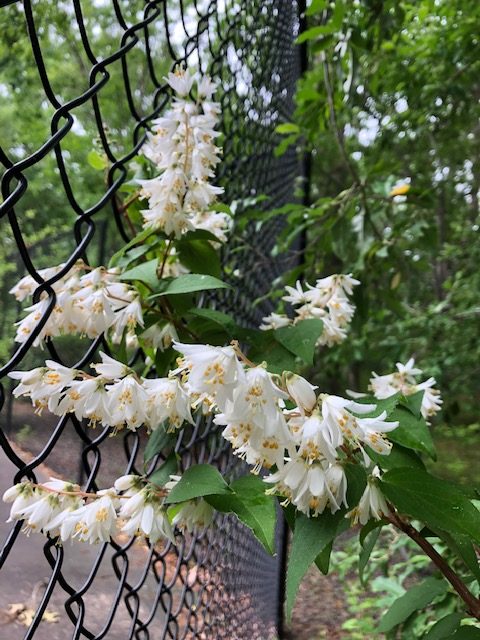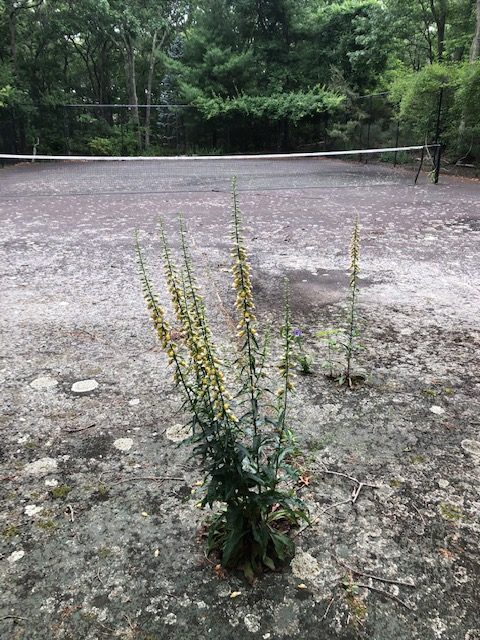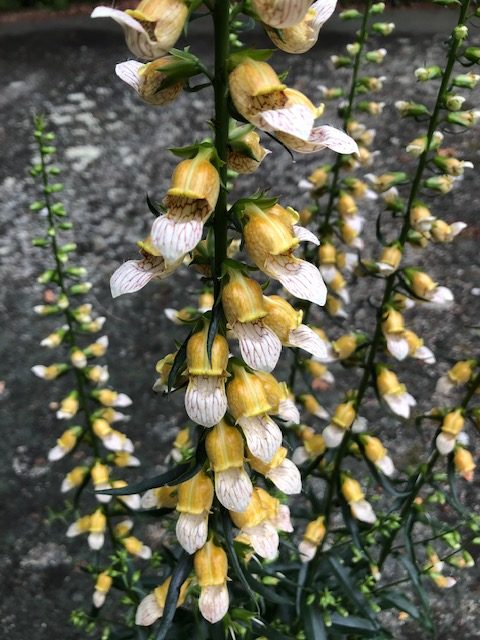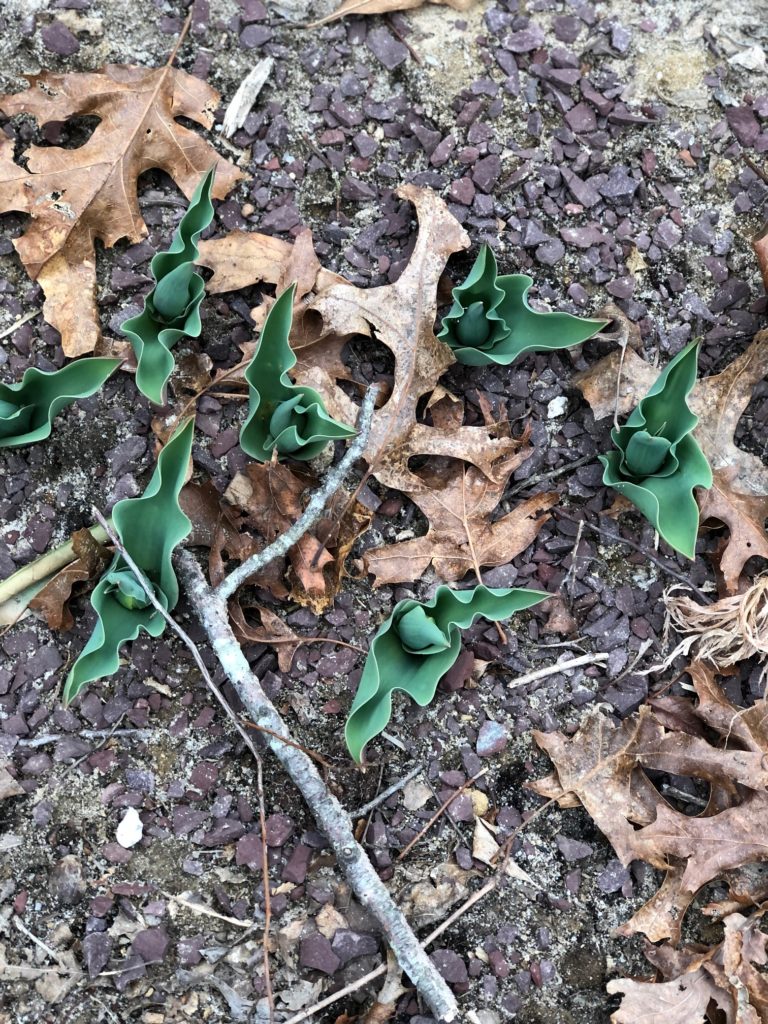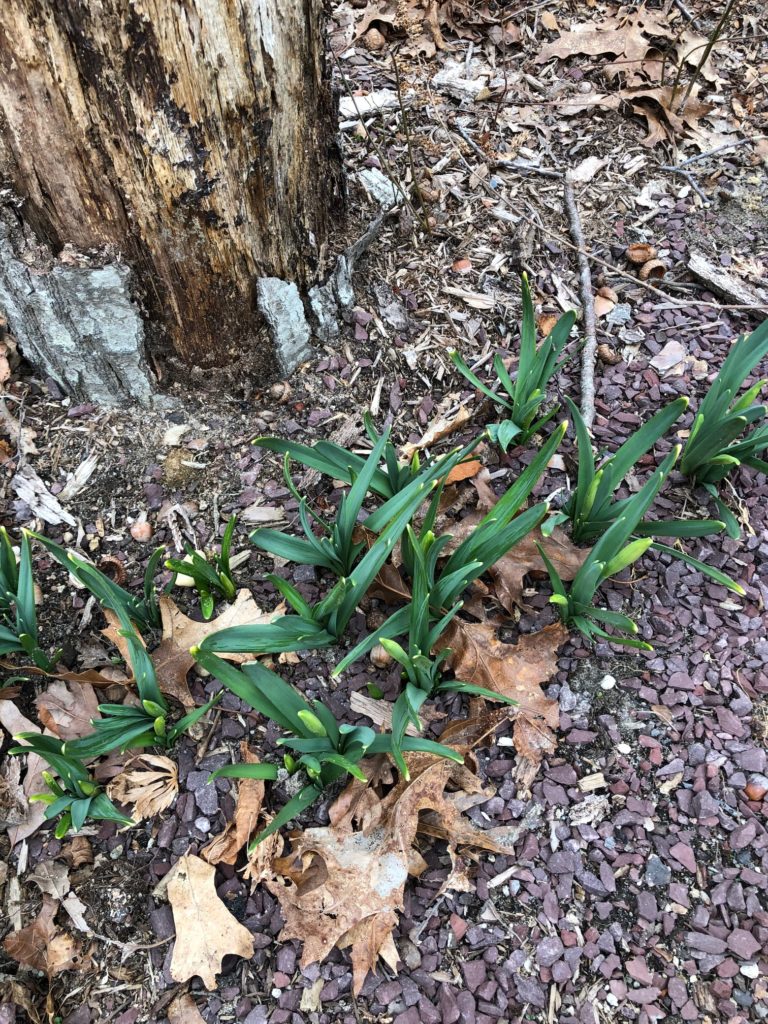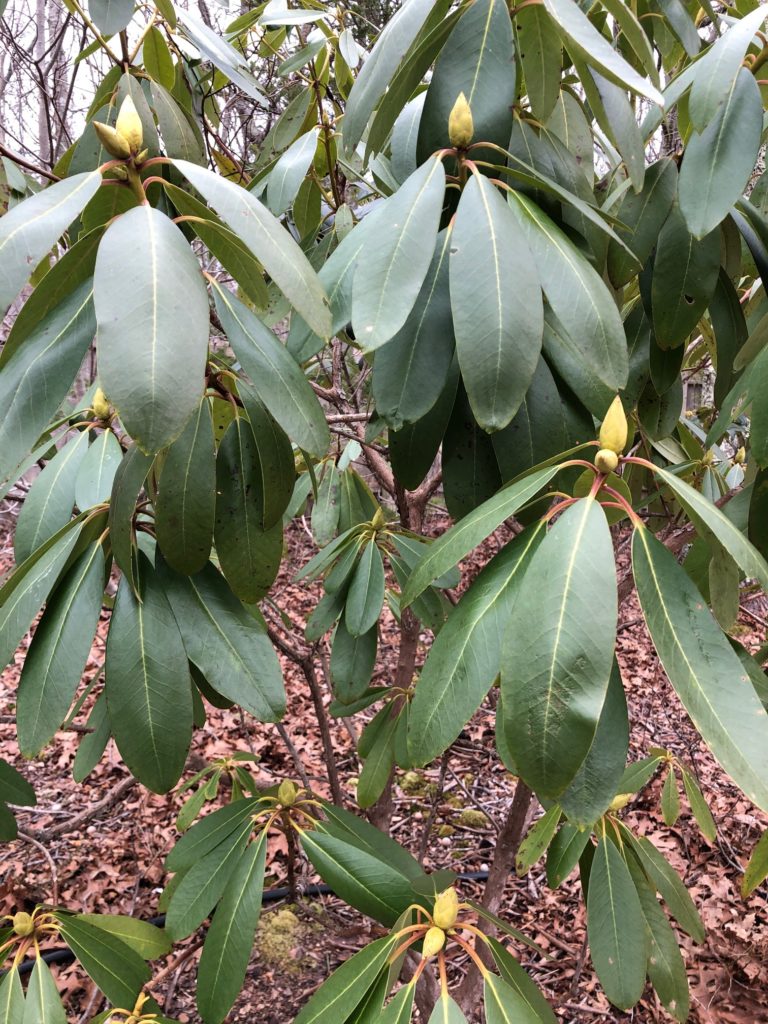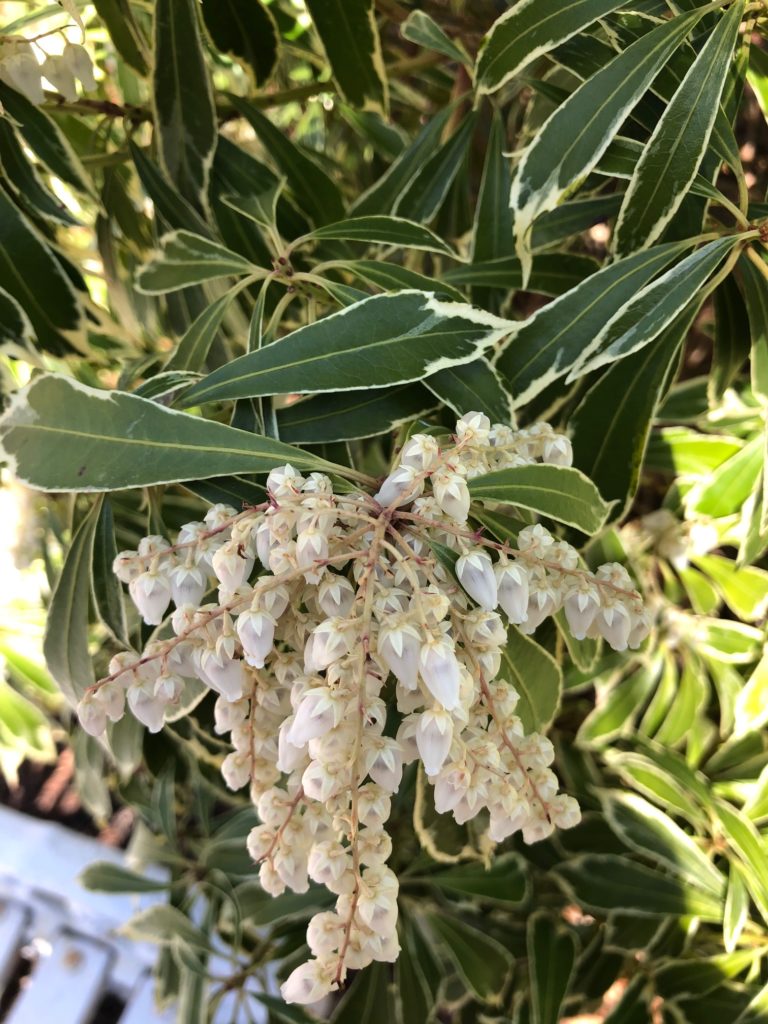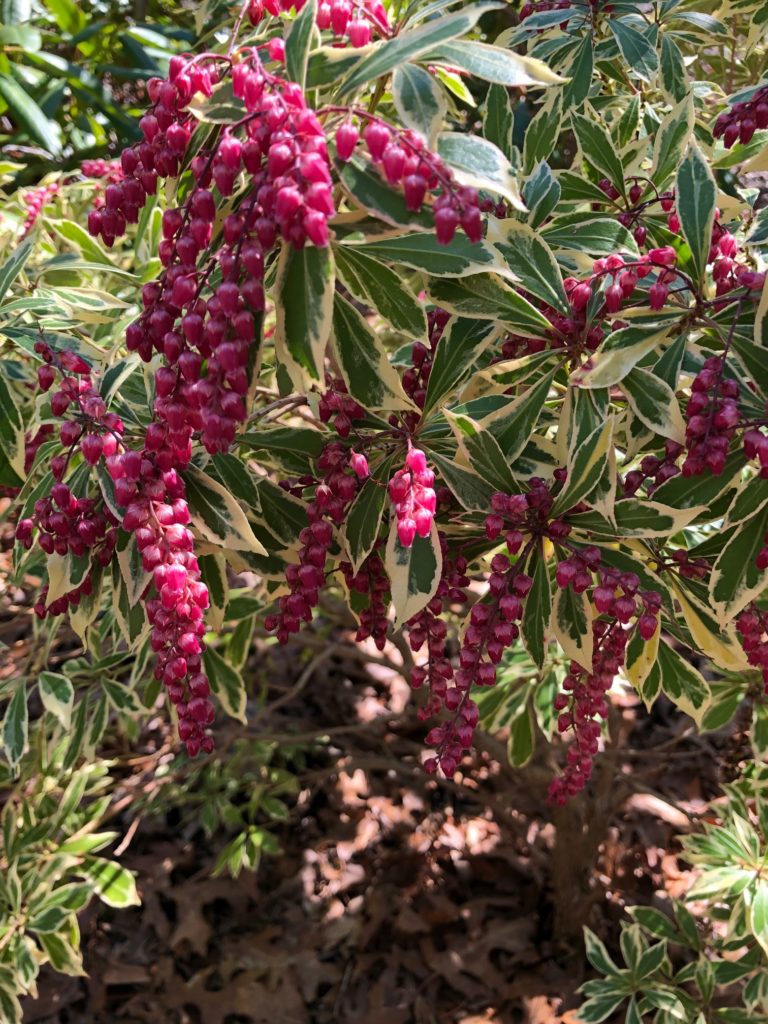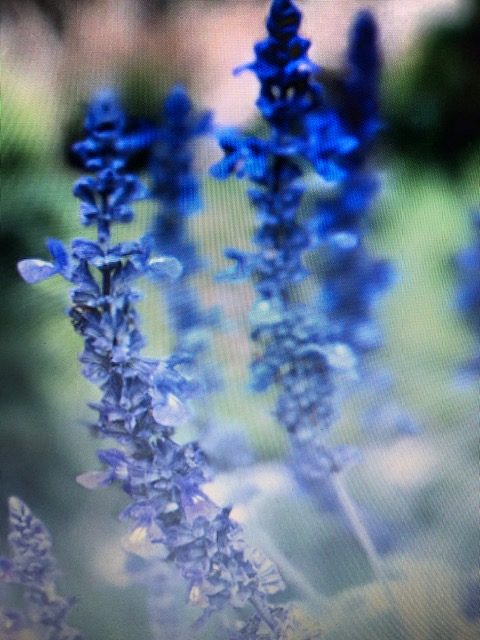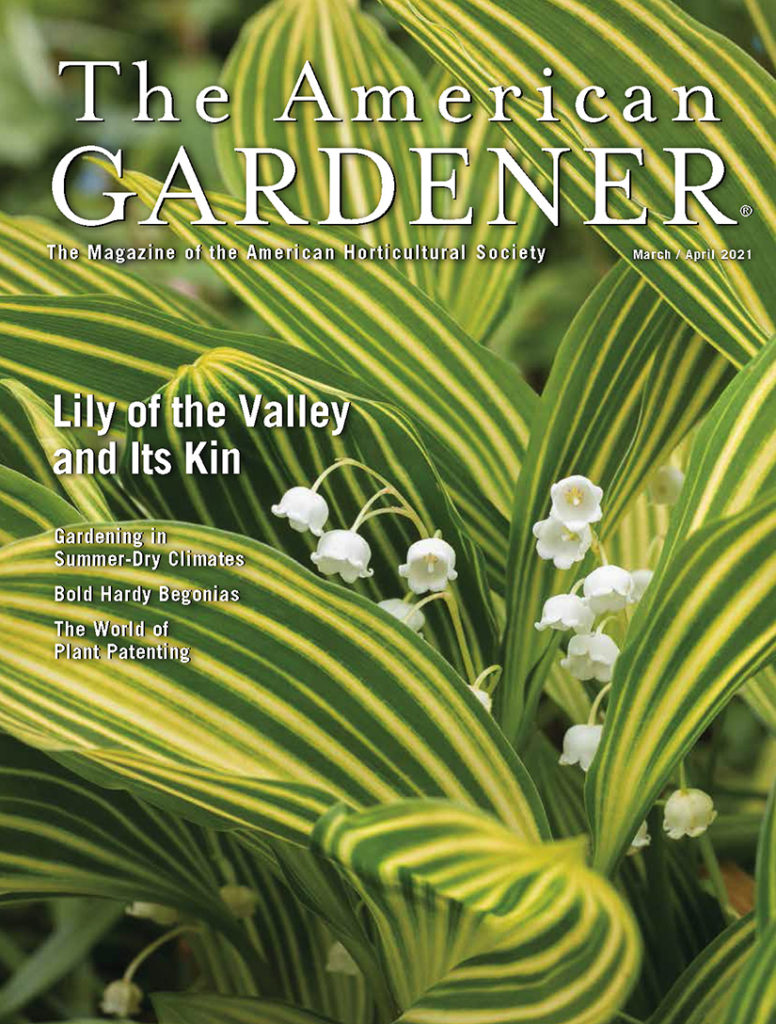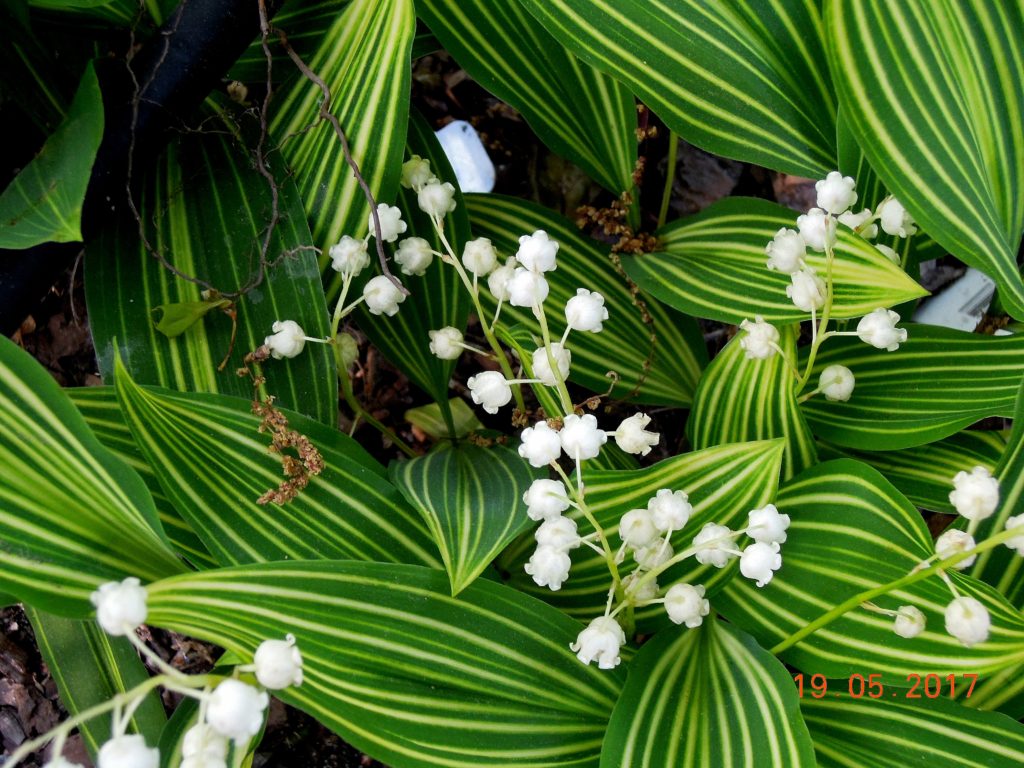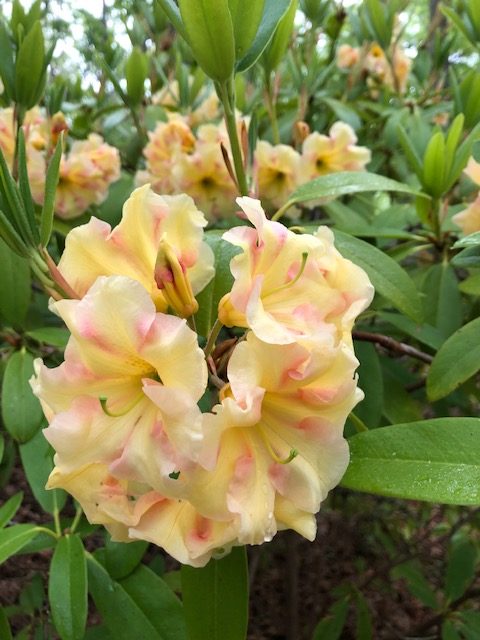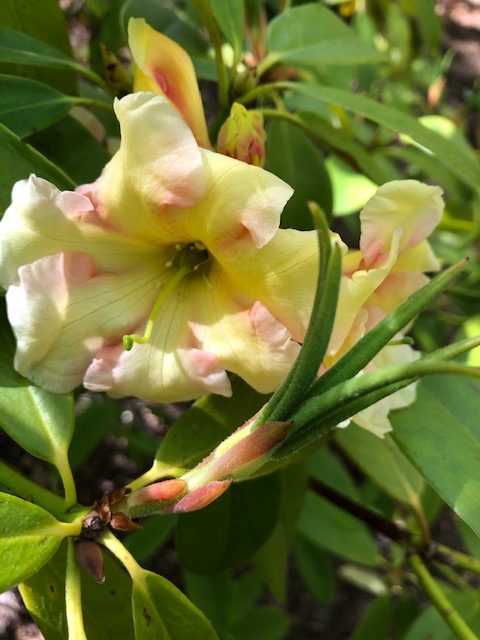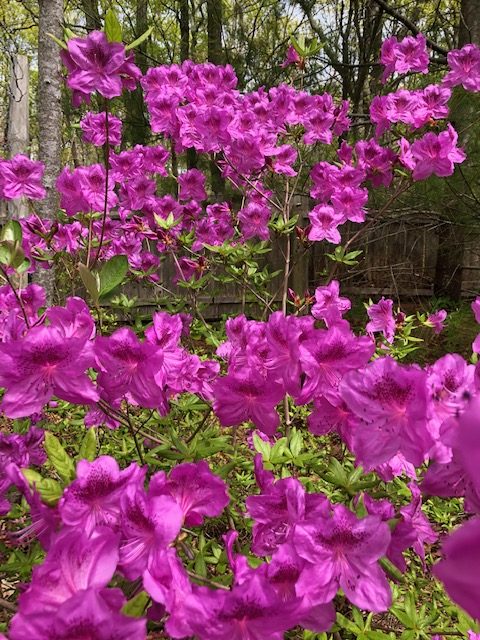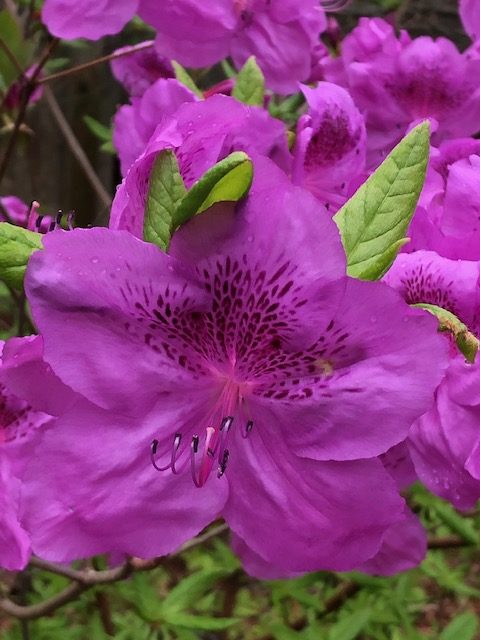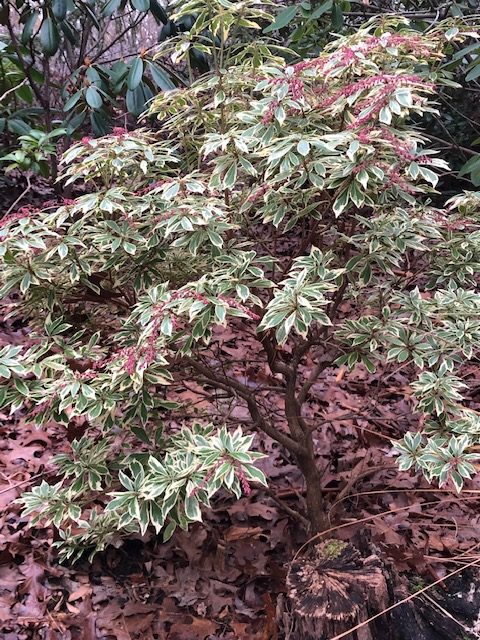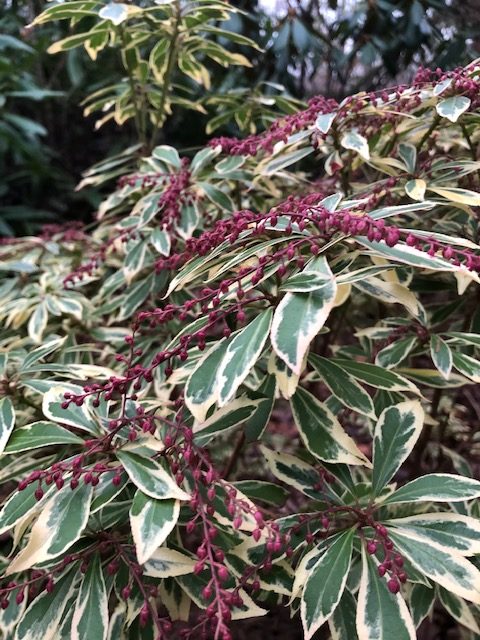NOTE: It seems like the leprechauns are at it again, making things disappear from the blog site. This time they didn’t just take the photos; they removed the entire 2019 post, text and all. So, I’ve re-posted it here:
It was like the wild, wild West in France.
In furtherance of their mission to “fight against bad taste”, a subversive French organization, Le Front de Liberation des Nains de Jardin (FLNJ) — the Liberation Front for Garden Gnomes – raided private gardens and stole (liberated?) ornamental gnomes. An opposition group, France’s Movement for the Emancipation of Garden Gnomes, said the FLNJ were “criminals” guilty of “kidnapping” and committing “acts of terrorism.” Copycat groups — for and against — sprung up in Europe. (Garden Design February/March 2000).
A little nutty, no? Or was it just the French being French?
Well, here in the U.S. we had our own skirmishes over ornamental pink plastic flamingos. (Tongue in cheek, their creator Don Featherstone christened them: Phoenicopterus ruber plasticus.) Millions were sold and adorned yards across America. (Featherstone kept 57 on his front lawn.) Albeit described in a newspaper as “less hideous than a garden gnome”, they were not everyone’s cup of tea. Homeowner Associations claimed they brought down property values and banned them. One critic said they were “a prime example of the despicable spread of kitsch.” And they pitted neighbor against neighbor.
While I’m not a fan of P. r. plasticus, I am a strong believer in free choice. To each his own, according to taste. Except, of course, when safety is at issue: A guy in Italy was actually using a WWII bomb containing TNT as a garden ornament. (Garden Design December 2000/January 2001).
Magazine stories about garden ornaments may be interesting and amusing, but to my mind the best garden ornaments are plants. I have been a rareFINDnursery customer for over 15 years and treasure their plants now growing in my organic garden. From the nursery’s 2019 offerings, I’ve chosen three choice plants for your consideration, one new introduction and two of my time-tested favorites:
Calycanthus floridus var purpureus ‘Burgundy Spice.’ Zones 6-9
Introduced by Pleasant Run Nursery, this plant is a new, improved and unique version of the U.S. native deciduous shrub, Calycanthus floridus. Burgundy Spice has multi-seasons of interest: its foliage retains its striking, lustrous, burgundy-purple color from Spring to frost and the plant produces fragrant flowers in May and June. It is rich in assets, including deer-resistance. The vigorous shrub can attain a height of 8 ft.
Rhododendron ‘Hank’s Mellow Yellow’. Zones 5-7
I love this plant. It was hybridized by my friend, the late Hank Schannen, accomplished plantsman and founder of rareFINDnursery. Regardless of weather, it has been a reliable April/May bloomer — never missed a year in over 10 years. As you can see from the photo, the lovely, pale yellow flowers completely cover the plant. The evergreen shrub is only about 6 inches tall and can perform as a ground cover or edging plant. In my garden, Mellow Yellow has never had a disease or insect problem. Provide well-drained acid soil and shade. Grab it while you can.
Rhododendron ‘Ben Morrison’. Zones 6-8
This beautiful plant was Hank Schannen’s favorite evergreen Azalea, and it’s one of my favorites as well. The May/June bi-colored buds and flowers would lend a wow factor to any garden. Like R. ‘Hank’s Mellow Yellow’, R. ‘Ben Morrison’ has been healthy and problem free. The plant succeeds in well-drained acid soil in sun or shade. It can grow 3-4 feet high and wide.
rareFINDnursery, www.rarefindnursery.com, 732-833-0613
